- What does "bleeding a radiator" mean?
- How to know if your radiator needs bleeding
- How to bleed a radiator
Is your radiator not working quite as it should? Perhaps it's not heating up at the top, or even at all? It might need bleeding.
If you're not sure how to bleed a radiator, you're in luck! Today we're sharing our complete guide, including all the information you need to diagnose the problem.
It might sound like a complicated job, but it's actually really easy!
Let's get started...
What does "bleeding a radiator" mean?
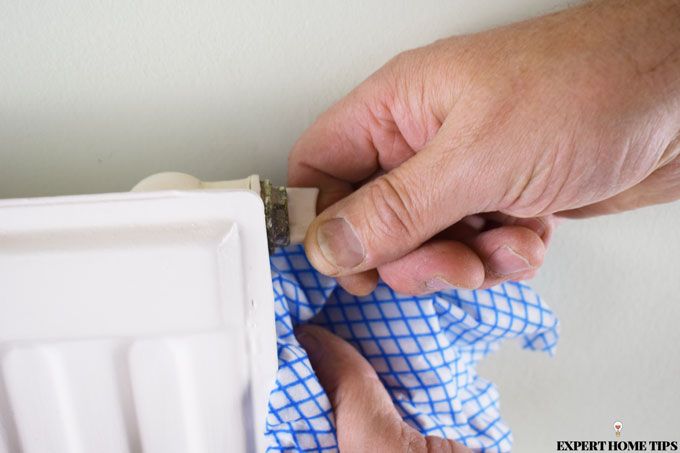
"Bleeding" a radiator means to let the trapped air out of the heating system. It's very common for air to become trapped, so it's good to know how to fix the problem yourself.
If you're wondering why you might need to bleed a radiator, it's very simple. If air becomes trapped in your radiator, it prevents water from heating the whole panel. As a result, there will be cold pockets near the top of the radiator. Bleeding your radiators is an easy fix, and it could help you save money on your energy bills too.
How to know if your radiator needs bleeding
There are a few easy ways to know if there's something wrong with your radiator and if it needs bleeding as a result. These are the signs to look out for:
- The radiator feels cold at the top, or all over.
- The radiator makes clunking or gurgling sounds as it starts to warm up.
- It takes a long time for the radiator to reach the desired temperature.
How to bleed a radiator
Now that you know why a radiator needs to be bled, it's time to get to the DIY. Follow these steps, and you'll know how to bleed radiators in no time!
1. Ensure that you have the correct diagnosis

Most cold radiators will just need bleeding but, before you get started, you should check for tell-tale signs of a more advanced problem.
You'll need to diagnose the problem first before you can take appropriate action.
Potential problems could include:
- Top floor not heating - the system is not operating at high enough pressure.
- Radiator leak - the inlet valve needs tightening.
- A buildup of sludge - the water system needs flushing.
If you suspect any of these problems, you might not need to bleed the radiator after all. If you don't feel comfortable resolving these problems yourself, it'll be best to call in a professional.
The best way to check if your radiators need bleeding is to turn your central heating all the way up and to feel along the top of each one for any cold spots.
2. Turn off the heating
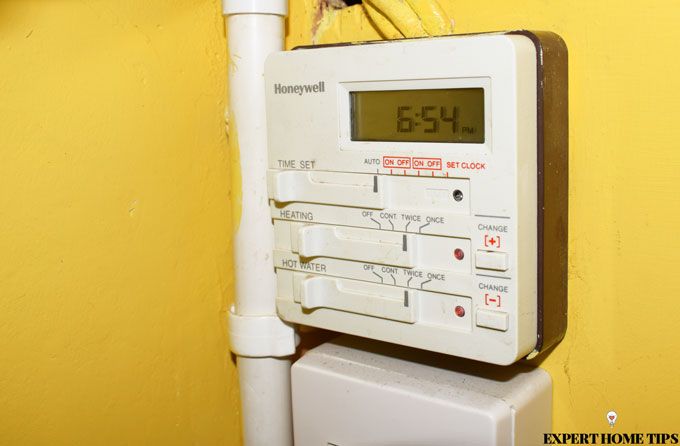
Does the heating need to be turned off to bleed a radiator? Yes, it definitely does! Before you get started, you need to make sure that the heating is off and that your radiators are completely cool.
If you bleed your radiators while the system is hot, you could risk serious burns. It's worth the wait.
3. Gather your supplies
Though bleeding a radiator is a fairly straight forward task, you will need some slightly specialist supplies to do the job correctly.
Check that you have everything to hand:
- A radiator key
- A cloth
- A bucket (optional)
4. Identify the valve
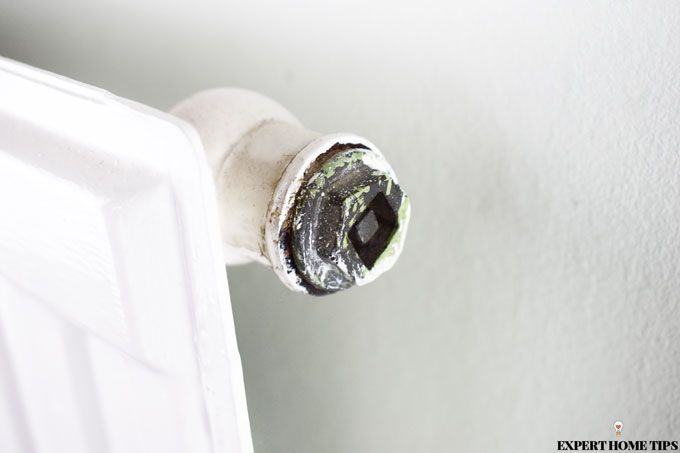
To bleed your radiator, you need to release air from the valve. The valve should be located at the top end of your radiator. The valves at the bottom should not be needed for this job.
5. Prepare for drips
Place a bucket on the floor underneath the valve and hold a cloth carefully under the valve to catch any drips of water coming from your radiator.
If you're careful, there shouldn't be a great deal of water or mess, but a bucket is a good idea for peace of mind.
6. Open the valve
Insert the radiator bleed key into the valve with your free hand, and slowly turn it anti-clockwise. This will open the valve.
You'll know when the valve is open because there will be a hissing sound that indicates the release of air.
7. Close the valve
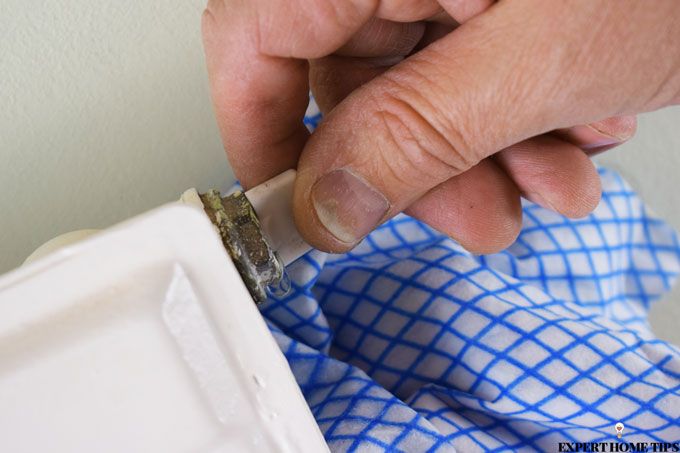
Once the hissing sound stops, you should notice water dripping out of the valve. This is because the air pockets have gone and the radiator is now full of water. You can now close the valve by turning the key clockwise.
Repeat this process on all the radiators that need bleeding in your home.
8. Check your boiler gauge
Once you have bled all of the radiators that you wish, you should check the pressure of your boiler gauge.
If the pressure is at a normal level, then it is safe to turn your heating back on. If the pressure is abnormal, do not turn the heating back on until the boiler has been re-pressurised.
9. Check the radiators

Now that your radiators are back on, check for any cold spots. You should now find that all of your radiators are working efficiently.
Next, why not learn how to remove a radiator? It's a handy DIY skill to have!
Q&A
What if my valves are at the bottom?
The valves at the bottom of your radiator should be left well alone for this process. Try looking again for some smaller valves at the top.
My radiator valve is sucking air in instead of pushing it out. What am I doing wrong?
You should not have the pump running when you bleed a radiator.
Why is my radiator cold at the bottom?
This is probably caused by a block. You should get a plumber to fix this.
What about the radiator in my car?
The radiator in your car might need bleeding too. The method for this is somewhat different.
Can I bleed a radiator without a key?
A radiator key is essential to help you open the radiator valve, but that doesn't mean that you can't get by with an alternative tool. Look at your valve to work out what kind of fitting is required. Try out different wrenches and screwdrivers until you find a good fit.
If you're not in a hurry, your best bet is to get to a hardware store and pick up a radiator key. They're inexpensive and the best tool for the job.
What will happen if I don't bleed my radiators?
Not a lot! Your radiators won't heat up efficiently and you'll waste a lot of money on utility bills.
Did we miss anything? If you have any questions, please leave us a message in the comments down below.
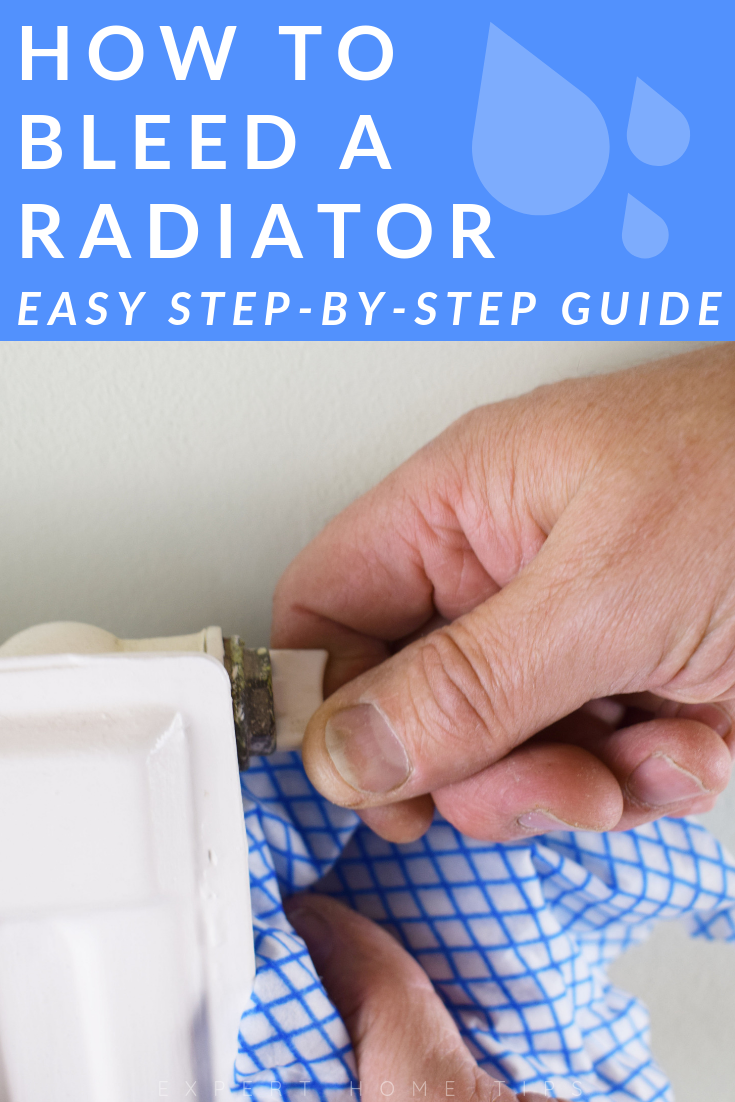
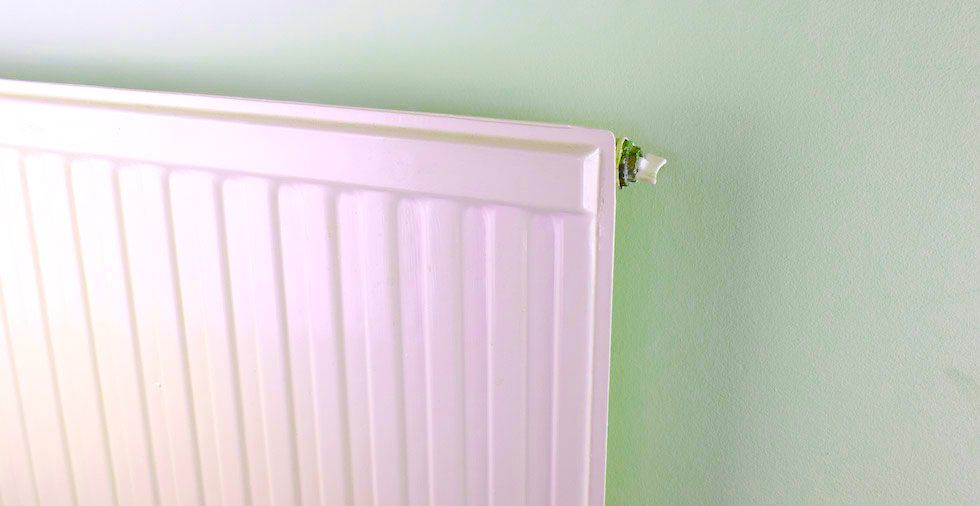
You should start on the radiator furthest from the boiler.
Great tip, Martin! Thanks for pointing that out.
This is fine for systems with a pressure vessel, but not for an open system with a header tank and one or more zone valves. A system with zone valves will need the zone valve controlling hot water to the radiator circuit to be manually open, otherwise you will prevent the header tank from supplying the water that is need to displace the air in the radiators. Also, if you find a radiator which is not getting hot at all, it is worth making sure both the valves controlling the through-flow of water are open. Finally, it is worth mentioning that a common cause of a build-up of air in the system is the absence of inhibitor in the water. Inhibitor prevents the corrosion and bacterial build-up in the system which generates gas in the system, and the build-up of sludge in the bottom of the radiators and elsewhere in the system. If you need to regularly bleed your system, this might well be the cause.
Thanks for sharing, David! I'm sure our readers will find that additional information very helpful.
Bleed my radiators while boiler was switched on by mistake now if I switch my Boulder on it makes a knocking noise so have switched it off at the mains how can I get it working again have no hot water at the moment
Hi Annette! It sounds like you need to let water back into your system.
Where should you start your bleeding of radiators upstairs or downstairs or furthest from boiler?
Hi, James! Always furthest from the boiler.